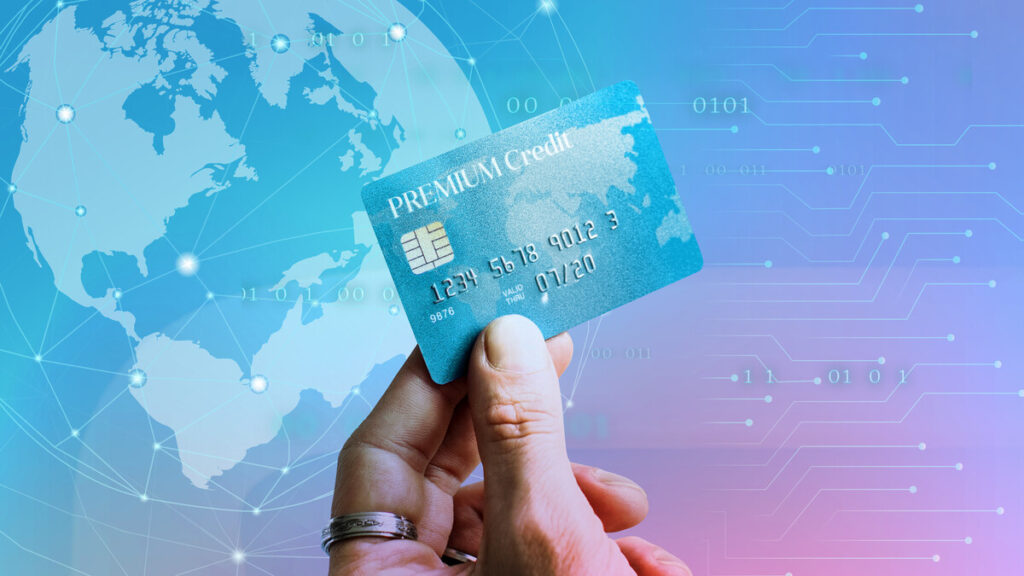
February 22, 2024
How does a credit card scheme work?
- What is an example of a card scheme?
- How does a credit card scheme work?
- What is a credit card schema?
- What is the general credit card scheme?
- What is a credit card scheme fee?
- What are the main card schemes?
- What is the difference between card scheme and card issuer?
- What is a payment scheme?
- What is card payment network?
- What are the four payment networks?
- Is credit card a payment gateway?
- What is the difference between payment gateway and card network?
Understanding credit card schemes is increasingly essential in our digital world, where both shopping and selling happen online. This guide is crafted to clarify the workings of these systems in a straightforward yet professional manner, making it accessible to everyone. Whether making a purchase or managing a business, getting to grips with the basics of credit card transactions can provide valuable insights.
As we delve into this topic, we aim to demystify the operations and roles of credit card schemes, highlighting their significant impact on today’s global commerce. Both consumers and business owners must grasp these concepts for ensuring smooth and secure transactions in the digital marketplace.
What is an example of a card scheme?
A card scheme refers to networks facilitating credit and debit card transactions, connecting banks, merchants, and cardholders. An example of a card scheme is Visa or MasterCard. These schemes are responsible for setting the rules and standards for issuing cards, processing payments, and preventing security and fraud. They are the backbone of global electronic payments, enabling millions of transactions daily.
How does a credit card scheme work?
The working of a credit card scheme involves several key players: the cardholder, the merchant, the acquiring bank (merchant’s bank), the issuing bank (cardholder’s bank), and the card network (Visa, MasterCard, etc.). When a cardholder purchases, the merchant’s terminal sends the transaction details through the acquiring bank to the card network. The network then routes this information to the issuing bank for authorization. If approved, the transaction is authorized, and the issuing bank eventually settles the funds with the acquiring bank, which then pays the merchant. This seamless process happens in seconds, thanks to the sophisticated infrastructure of card schemes.
What is a credit card schema?
Credit card schema often refers to the technical and regulatory framework that defines the structure and processing rules for credit card transactions. This includes the data format, security standards like EMV (Europay, MasterCard, and Visa), and the transaction flow from authorization to settlement. Understanding the credit card schema is essential for ensuring compatibility and security in payment processing.
What is the general credit card scheme?
The general credit card scheme encompasses the overall system of credit card operations, including the networks (Visa, MasterCard, etc.), banks, and regulatory frameworks. It outlines how credit cards are issued, used, and managed, along with the roles of different stakeholders in the payment processing ecosystem. This scheme ensures that transactions are executed securely and efficiently across the globe.
What is a credit card scheme fee?
A credit card scheme fee is one of the several fees charged for the processing of credit card transactions. The acquiring bank pays this fee to the card scheme network (Visa, MasterCard, etc.) for using their infrastructure and services. It is a part of the interchange fees and is often passed on to merchants as part of their merchant service charges. These fees contribute to the operational costs of card networks, including fraud prevention, security measures, and technological advancements.

What are the main card schemes?
The main card schemes globally are Visa, MasterCard, American Express, and Discover. Each has its own set of rules and standards for participating banks and merchants. Visa and MasterCard operate on a model where the banks issue cards and acquire merchants, while American Express and Discover often issue cards directly to consumers and acquire merchants. These schemes are critical in facilitating global commerce by ensuring interoperability and security in transactions.
What is the difference between card scheme and card issuer?
The difference between a card scheme and a card issuer is in their roles in the credit card ecosystem. A card scheme (like Visa or MasterCard) is a network that sets the rules and facilitates transactions between all parties. In contrast, a card issuer is a financial institution (usually a bank) that issues credit cards to consumers. The issuer is responsible for extending credit, setting terms like interest rates and credit limits, and handling customer service for cardholders.
What is a payment scheme?
A payment scheme is a broader term encompassing all electronic payment systems, including credit card networks, debit card networks, and other electronic transfer systems. It refers to the regulatory, technical, and financial frameworks enabling transfer funds between payers and payees. Payment schemes ensure the efficiency, security, and reliability of transactions, whether they are conducted online or in physical stores.
Now, let’s delve deeper into the infrastructure of digital payments by understanding the concept of card payment networks, the major payment networks, the role of credit cards in relation to payment gateways, and how these gateways differ from card networks. These insights are pivotal for anyone involved in the digital transaction space, offering clarity on the nuances of online payments.
What is card payment network?
A card payment network is critical in facilitating electronic payments made with credit and debit cards. It acts as an intermediary that connects all parties involved in a transaction – the cardholder, the merchant, the card issuer, and the acquiring bank. Networks like Visa, MasterCard, American Express, and Discover set the rules for transaction processing, security standards, and funds settlement between banks. They ensure that transactions are processed securely and efficiently, maintaining the integrity of the payment ecosystem.
What are the four payment networks?
The four major payment networks are Visa, MasterCard, American Express, and Discover. These networks are recognized worldwide for their reliability and extensive acceptance:
- Visa and MasterCard do not issue cards directly to consumers but provide their network to banks that, in turn, issue cards and acquire merchants.
- American Express and Discover differ slightly in their approach, as they often issue cards directly to consumers and operate their payment networks.
These networks ensure global interoperability, allowing consumers to use their credit and debit cards across different countries and with various merchants.
Is credit card a payment gateway?
A credit card is not a payment gateway but a payment method that can be processed through a payment gateway. A payment gateway is a technology merchants use to accept debit or credit card purchases from customers. It acts as a bridge between the merchant’s website and the payment processor, encrypting sensitive credit card details and ensuring that data is transmitted securely from the customer to the acquiring bank.
What is the difference between payment gateway and card network?
The difference between a payment gateway and a card network is primarily their role and function in the payment processing chain:
- A payment gateway is a service that authorizes and processes payments for online and offline businesses. It encrypts sensitive payment information and ensures that data passes securely between the customer, the merchant, and the payment processor or acquiring bank. Gateways are crucial for e-commerce and enable merchants to accept credit card payments and other electronic payments online.
- On the other hand, a card network is the infrastructure and set of rules that govern the issuance of cards, the processing of transactions, and the settlement of funds between issuing and acquiring banks. Networks ensure that transactions made with credit or debit cards are processed globally, maintaining standards for security and fraud prevention.
In essence, while payment gateways focus on the secure authorization and processing of payment transactions online, card networks provide the overarching framework that enables these transactions to occur globally, ensuring interoperability and security for credit and debit card payments.
Expanding our understanding of digital payments through these concepts demystifies the process and highlights the sophisticated architecture that makes secure and efficient online transactions possible. By appreciating the roles of card payment networks, payment gateways, and their interplay, we gain insight into the seamless nature of modern commerce, an essential knowledge in the fast-paced world of digital transactions.
In wrapping up our journey through the intricacies of digital payments, it’s clear that the ability to adapt and innovate in your payment workflows is crucial for staying competitive in the digital marketplace. Gr4vy emerges as a transformative solution, allowing merchants to instantaneously add, test, and deploy over 100+ unique payment methods with zero downtime. This cloud-native platform revolutionizes how businesses manage payments by allowing for the seamless integration of new payment methods and creating dynamic workflows directly into the checkout experience, all without the need for coding.
If you’re looking to elevate your payment processes and ensure a frictionless checkout experience for your customers, Gr4vy is your go-to partner. With its extensive library of payment connections and the ability to make live changes effortlessly, Gr4vy empowers your business to meet the ever-changing demands of the global market. Contact Gr4vy today to learn how we can help you optimize your payment workflows, enhance customer satisfaction, and drive growth for your business with our cutting-edge payment orchestration platform.